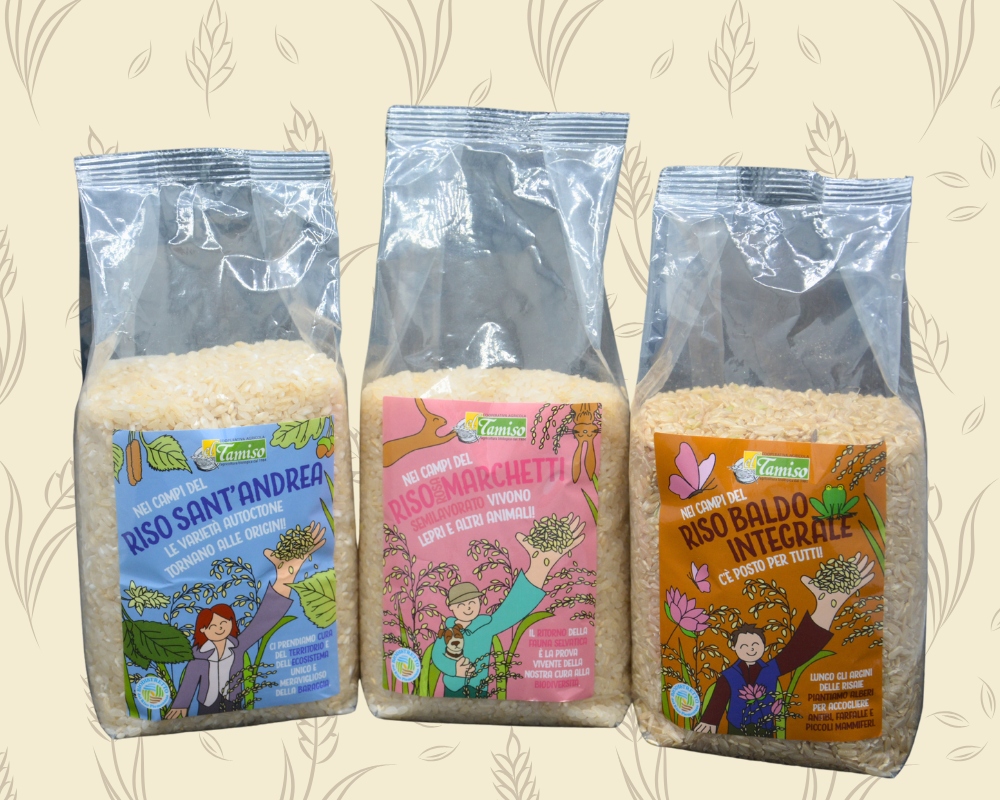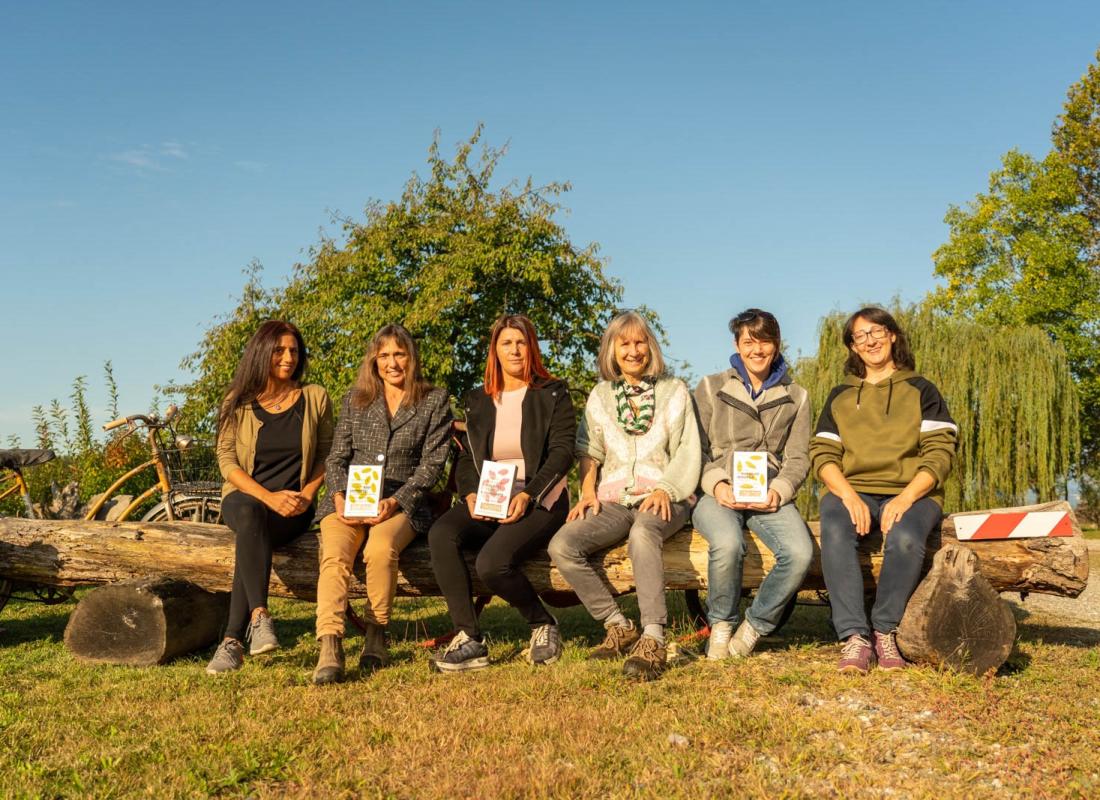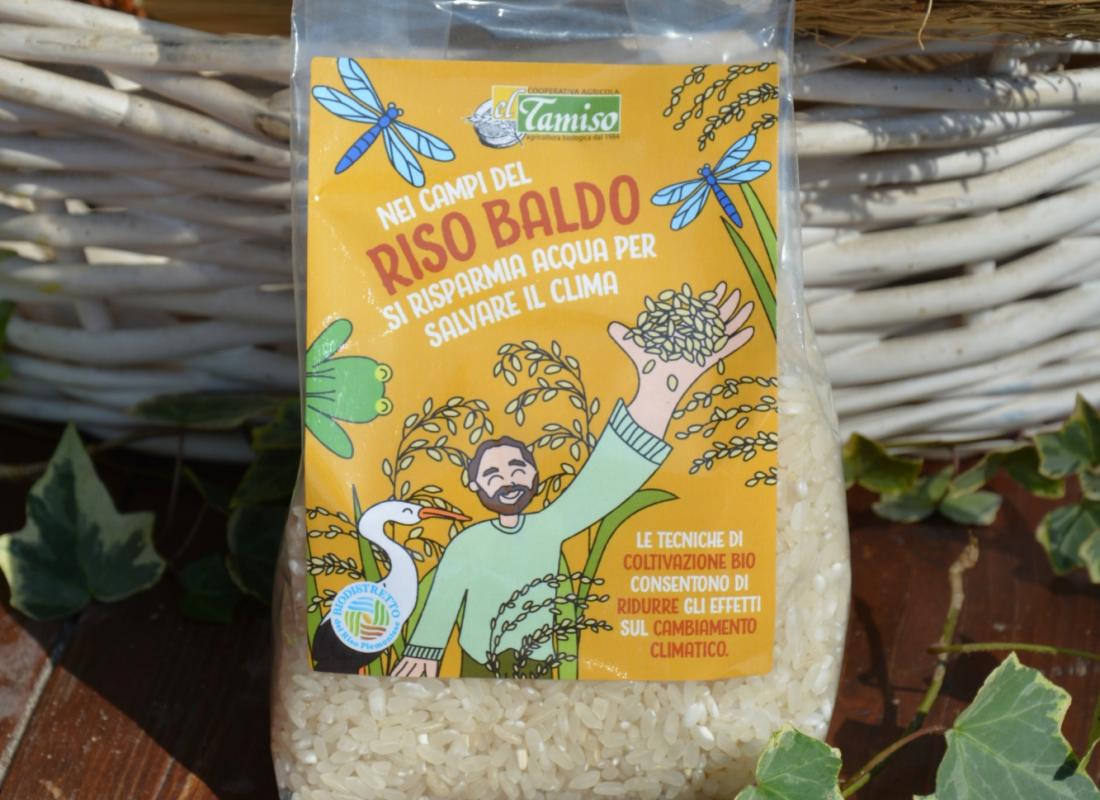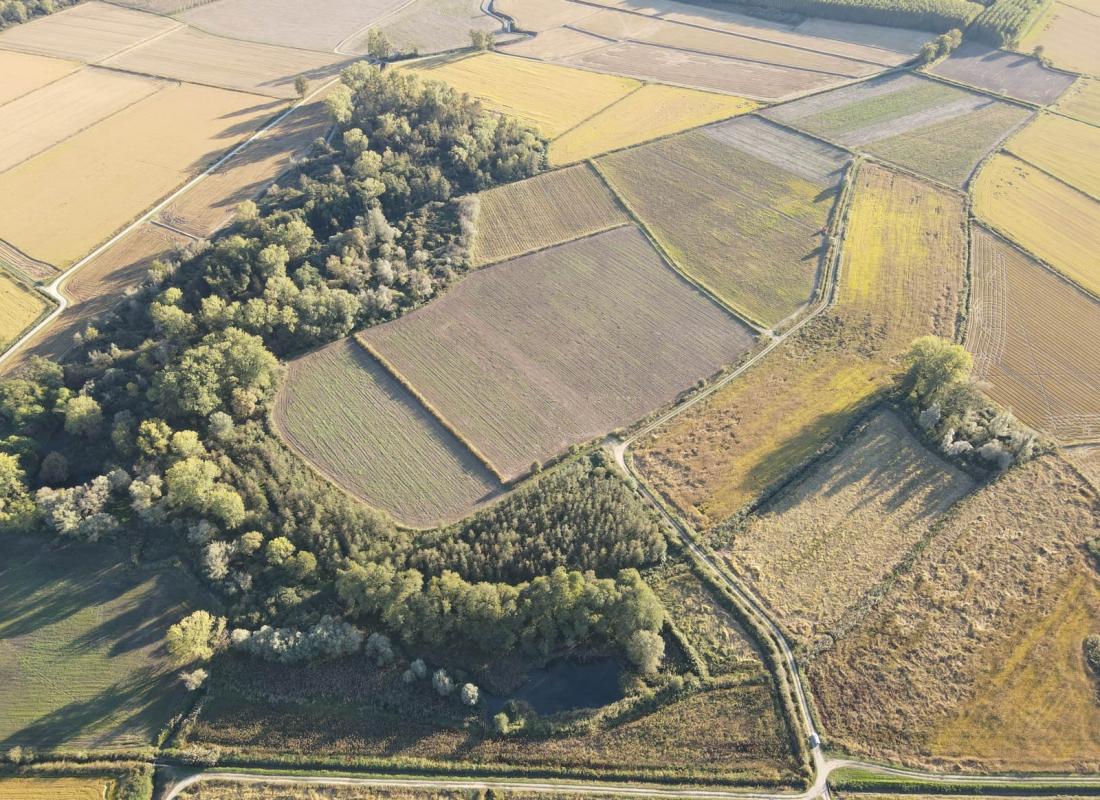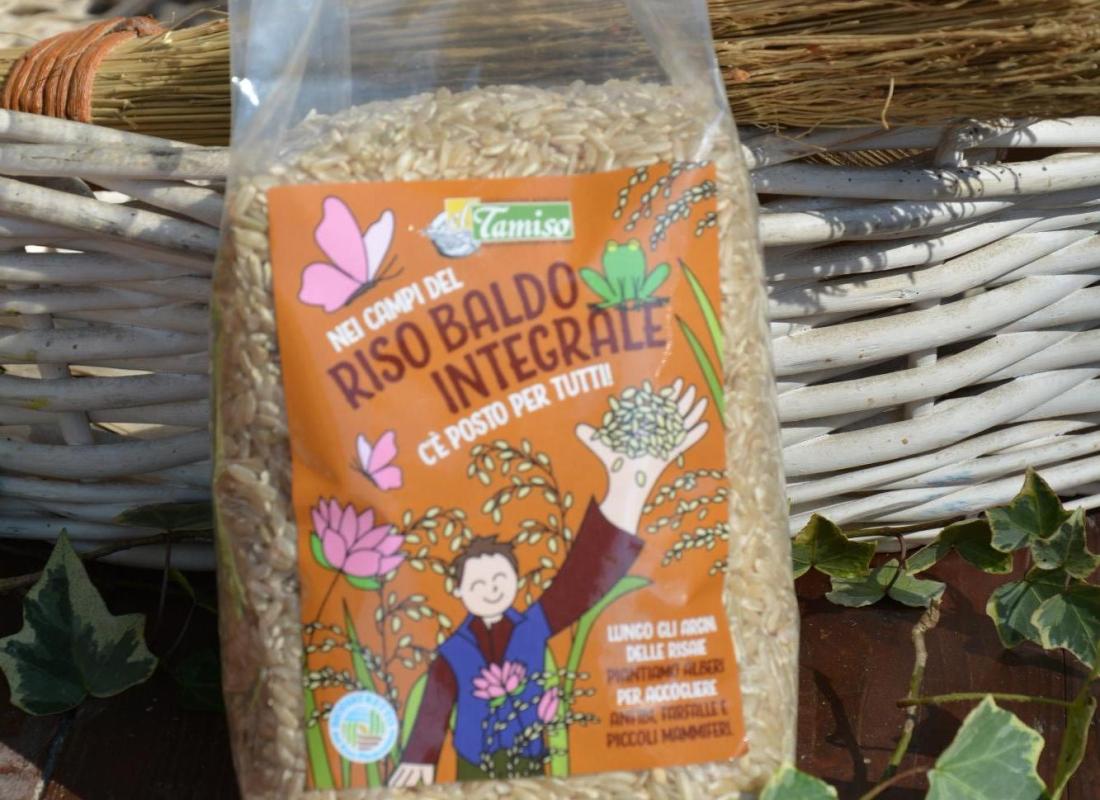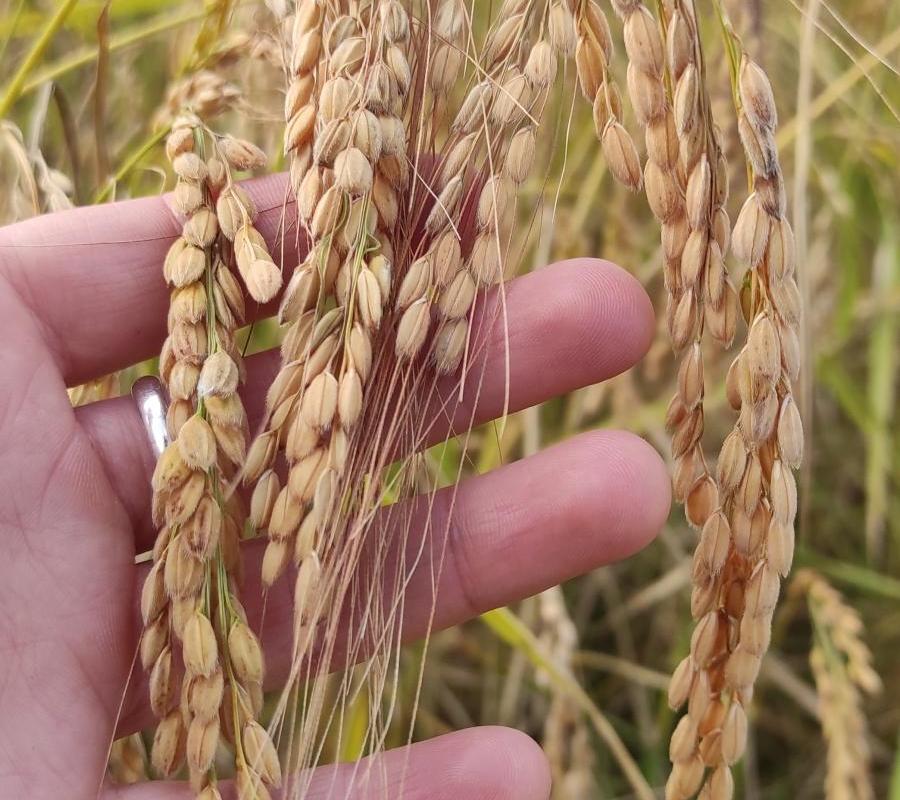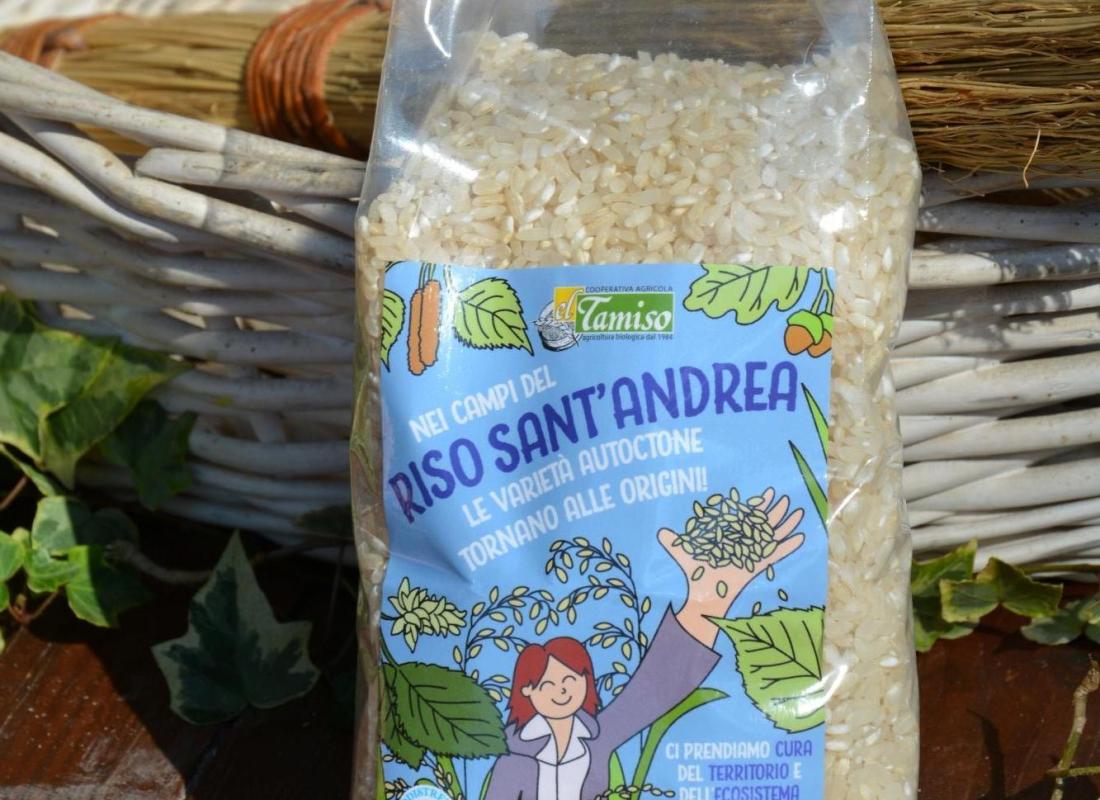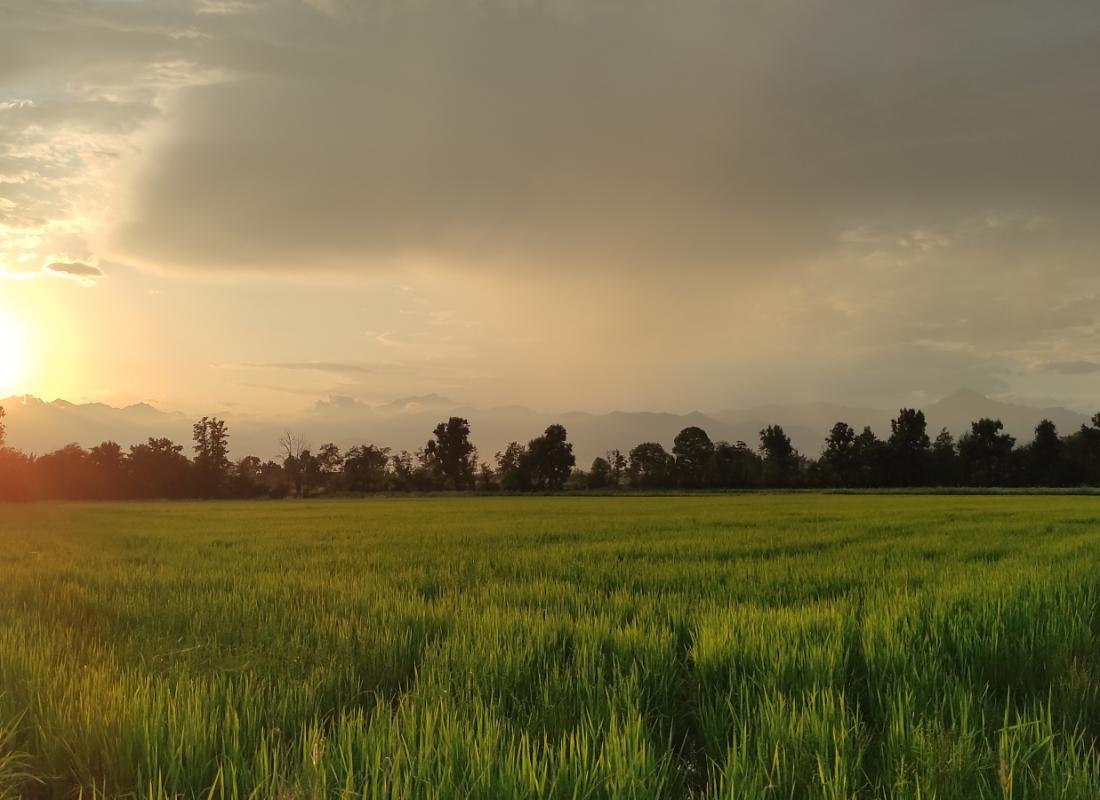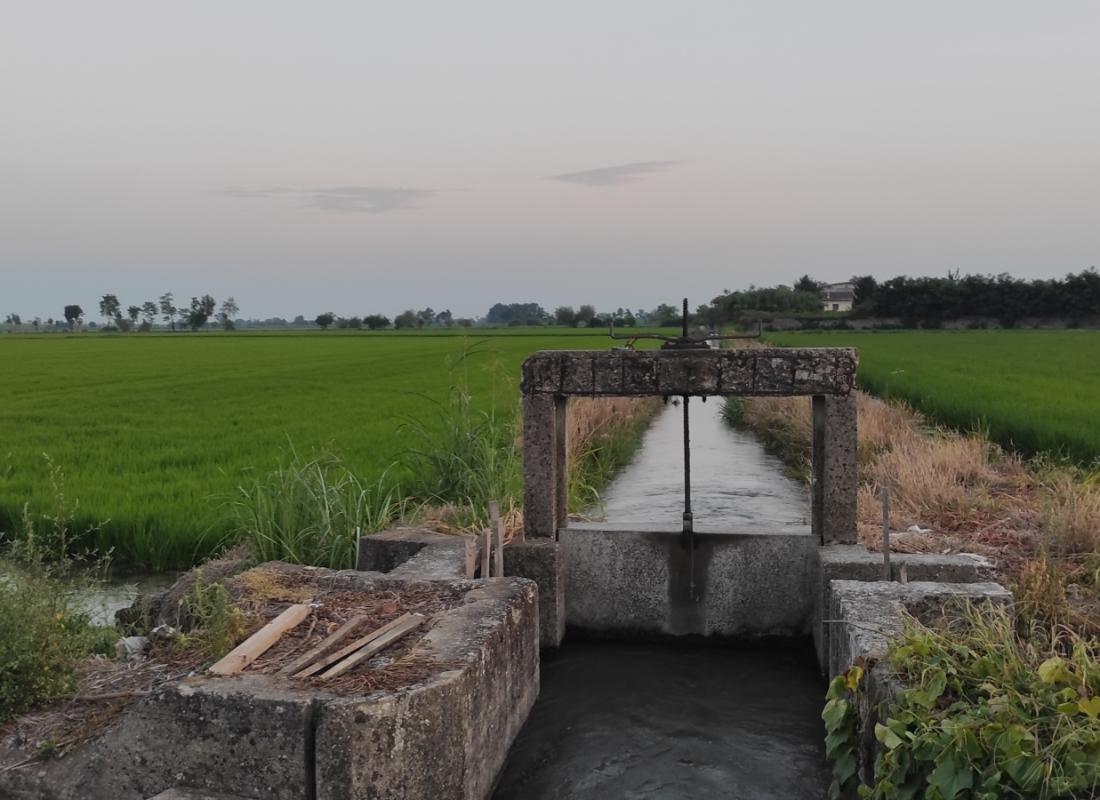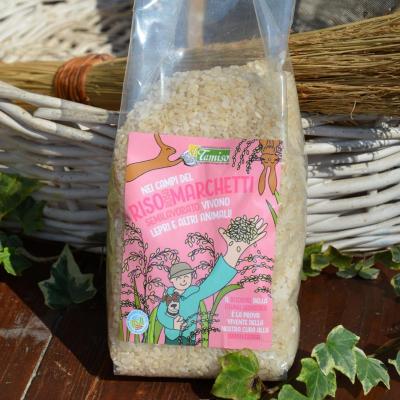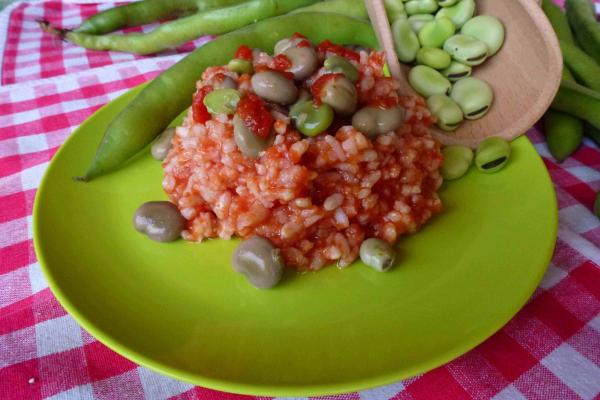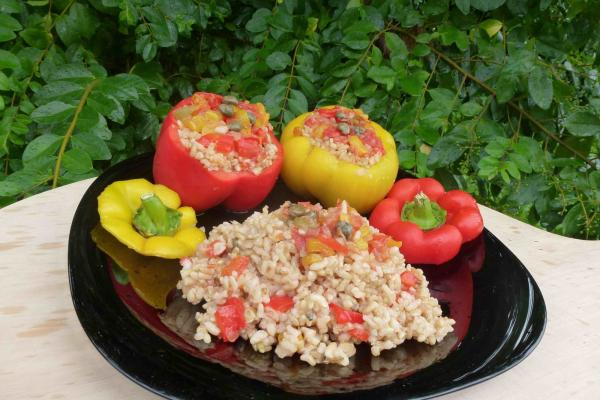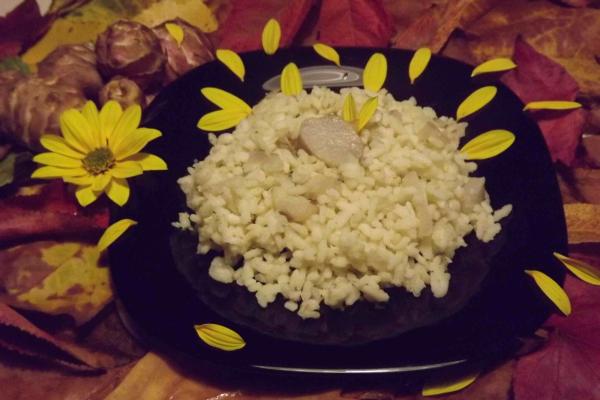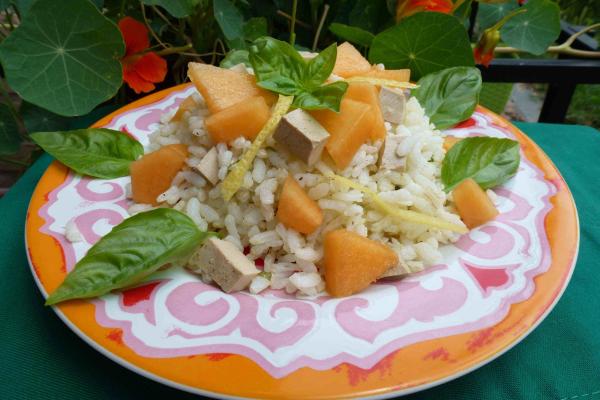The first association of organic rice growers was born in the heart della Baraggia, straddling the provinces of Vercelli and Biella, by the will of a cohesive group of organic farmers, who have chosen agroecology, a model of agriculture that combines ecology and agriculture, territory and community.
A regenerative model that aims to enhance and spread agriculture biological understood not only as an agronomic practice, but also as a cultural project of a sustainable model for resource management and as a useful and conscious choice for food security and sovereignty.
GUARDIANS OF NATURE AND BIODIVERSITY
The rice growers of the biodistrict preserve some of the oldest varieties of rice in Italy and use a particular technique: green mulching.
This consists of rotating half of the farm, planting on grassy soil without the use of synthetic chemicals and, at the same time, the presence of rows of hedges, native plants and fruit plants.
Thanks to this technique, microorganisms, aquatic organisms (frogs, tree frogs and other amphibians), small mammals (hares, porcupines), fish, birds (including migratory birds) are repopulated.
The animals and plants of rice paddies depend on each other for their survival: they are part of a food chain.
A leading role is reserved for the commitment to protect the territory of Baraggia, with its unique peculiarities, such as the Isoetes Malinverniana . An endangered plant, with great importance from a biological point of view, being the only endemic Italian fern now present only in Baraggia, often near organic rice fields.
Isoetes is an ecological indicator, that is, a living organism that is particularly sensitive to environmental pollution.
The protection of the rice field ecosystem ensures farmers better quantities and quality of food and guarantees the conservation of the extraordinary variety of life present on earth.
Varieties available:
- ROSA MARCHETTI SEMI-FINISHED RICE pack. 1KG
- WHOLE WHEAT BALDO RICE pack. 1KG
- BALDO WHITE RICE pack. 500GR
- SANT'ANDREA RICE pack. 1KG
- CARNAROLI RICE pack. 1KG
